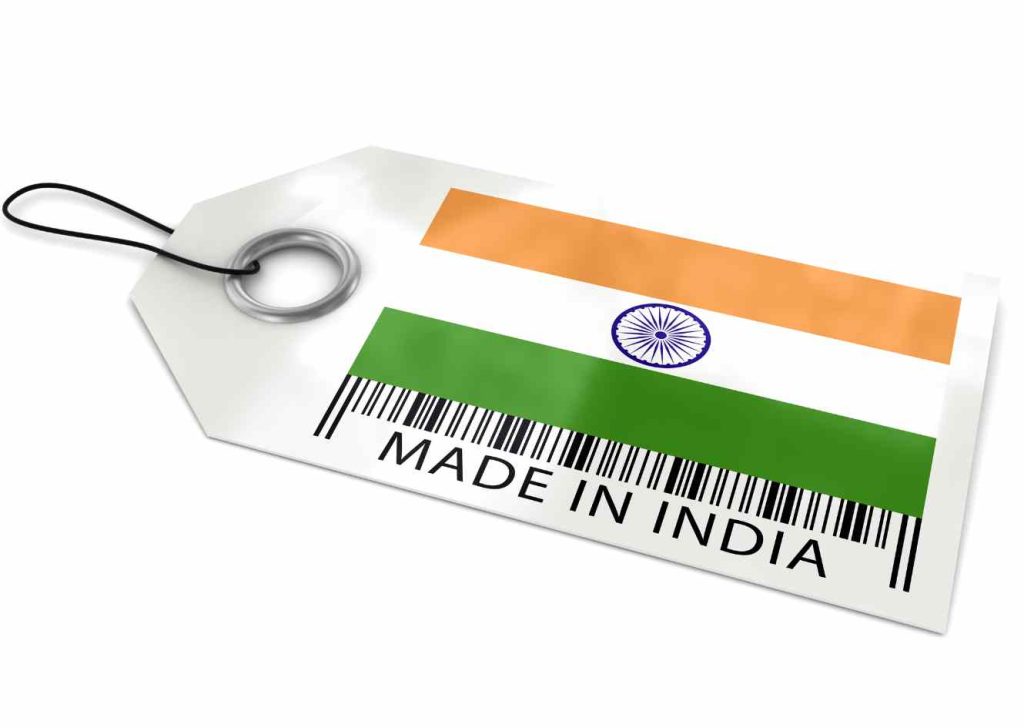Make in India Campaign Brings Sustainable Growth

Launched by Prime Minister Narendra Modi in September 2014, the “Make in India” initiative marked a significant turning point in India’s economic policy. The ambitious campaign aimed to transform India into a global manufacturing hub by encouraging both multinational and domestic companies to manufacture their products within the country.
The core vision of “Make in India” revolves around promoting sustainable growth, creating job opportunities, and enhancing skills in twenty-five sectors of the economy. These sectors include automobiles, aviation, biotechnology, chemicals, construction, defense manufacturing, electrical machinery, electronic systems, food processing, etc.
The program intended to increase the manufacturing sector’s growth rate to 12-14% per annum, increase the sector’s share in the economy, and create 100 million additional jobs by 2022.
Policy Measures and Initiatives
The policy measures and initiatives of the “Make in India” campaign represent a wide array of reforms across multiple domains. These reforms enhanced India’s manufacturing competitiveness, making it an attractive foreign and domestic investment destination.
The government implemented numerous reforms to improve the business environment in India. Measures included simplifying applying for industrial licenses and entrepreneur memoranda, implementing an e-biz portal to provide a 24/7 online service for business and regulatory services, and establishing commercial courts to resolve commercial disputes.
FDI norms were relaxed in several sectors, including defense, pharmaceuticals, aviation, and single-brand retail. The aim was to attract foreign investors and increase capital inflows. For instance, in the defense sector, the FDI cap was increased from 26% to 49% under the automatic route and beyond 49% under the government route on a case-to-case basis. In 2016, the Insolvency and Bankruptcy Code (IBC) provided a time-bound process to resolve insolvency and bankruptcy among companies and individuals, thereby improving investors’ confidence.
In 2017, GST replaced multiple indirect taxes, streamlining the tax structure and making it more business-friendly. This uniform tax system enhances business efficiency by reducing tax complexities.
Sector-Specific Initiatives
Introduced in 2019, the National Infrastructure Pipeline (NIP) aimed to invest in infrastructure projects across energy, roads, railways, urban development, and more sectors. It was aimed at providing a modern infrastructure base for industries.
The Production Linked Incentive (PLI) scheme was launched to incentivize large-scale manufacturing in specific sectors, offering companies incentives on incremental sales from products manufactured in domestic units.
The National Policy on Electronics and National Policy on Software Products was introduced to support the electronics and IT industry. These policies aimed to position India as a global hub for Electronics System Design and Manufacturing (ESDM) and IT services.
Several states in India amended their labor laws to improve the flexibility of hiring and improve the business environment.
These policy measures and initiatives were implemented to simplify the business environment, encourage investment, and make India a competitive manufacturing destination.
The Global Impact of The Make In India Campaign
Since its launch in 2014, this campaign has significantly impacted the global stage. It has positioned India as a potential global manufacturing hub and attracted considerable foreign investment.
The initiative has also fostered an environment of innovation, leading to an impressive surge in the number of patents and trademarks registered.
Moreover, “Make in India” has been instrumental in boosting the manufacturing sector. Notable examples include the mobile phone industry, where several global and local manufacturers have set up production facilities in India.
The campaign has helped reshape the international perception of India’s economy. India has traditionally been viewed as a services-oriented economy, but Make in India has shifted the focus towards manufacturing, aligning the country with other global manufacturing powerhouses.
As foreign companies set up manufacturing units in India, they also bring their technical expertise and business practices, leading to skill development among the Indian workforce. This development has a broader global impact as a more skilled workforce in India contributes to the global economy’s overall efficiency.

“Make in India” has also enhanced trade relations with several countries. For instance, relations with Japan have been bolstered, as seen in the Mumbai-Ahmedabad bullet train project. Similarly, there has been increased collaboration with countries like Germany, France, and the US in various sectors.
Numerous global brands have shifted or expanded their manufacturing base to India. For example, several mobile phone manufacturing companies like Samsung and Xiaomi and automobile companies like Ford and General Motors have established or expanded their production units in India, which has increased India’s contribution to global supply chains.
The FDI inflows have also brought about technology transfers in various sectors, such as defense and electronics, helping India upgrade its technical capabilities and align with global technological advancements.
Make in India has given an impetus to sustainable manufacturing practices, with its focus on clean and renewable energy sectors. It is significant given the global urgency to combat climate change.
The “Make in India” campaign has brought a paradigm shift in India’s economy, encouraging manufacturing and attracting substantial foreign investment. By addressing the remaining challenges and building on its successes, the initiative has the potential to position India as a leading player in the global manufacturing landscape. As the country pursues self-reliance post-pandemic, the “Make in India” principles will continue to guide India’s economic strategy.
